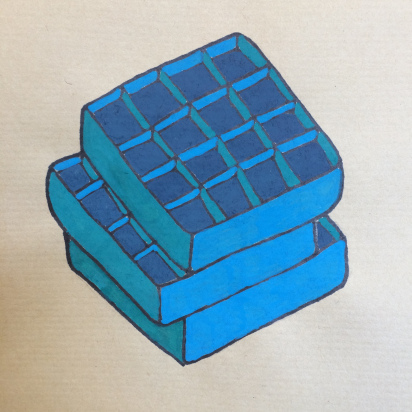ORIGINALLY PUBLISHED BY School of Sexuality Education’S DR EMMA CHAN ON SQUISH SQUASH SQUELCH.
Sometimes being a facilitator for School of Sexuality Education involves attempting to hold the attention of young people through wit, honesty and sheer confidence as you explain a specific curriculum point as your unembarrassable self. At other times it involves asking questions your audience may not have considered before and standing back whilst a tide of answers hits you.
“Can anyone name any sexually transmitted infections?” My colleague asked of a group of year 10 students just outside of London. Three of us were delivering a workshop on sexual health. This was definitely going to be one of the latter type of encounters. Luckily, this group wasn’t a shy one and answers came flooding forward.
“Chlamydia”, “syphillis”, and “gonorrhea” were proffered. All good answers and affirmed as such.
“Mono” was suggested, the infection also going by the name of ‘mononucleosis’ or ‘glandular fever’ – the ‘kissing disease’. By our extremely wide definition of ‘sex’ (any behaviour that someone finds arousing) completely valid and a good opportunity to bring this in.
Illustration by Dr Emma Chan
“HIV” was another suggestion, to me offered surprisingly late. Once seen as the sexually transmitted infection in the UK, hopefully this reflects a reduction in stigma and fear around this disease as treatment and prevention becomes so incredibly effective.
“Crabs” one pupil proffered - a nice segue in to talking about parasites. Another good talking point.
And then it came. The complete surprise.
“Blue waffle” one student called out.
This caught me by surprise a little. I had heard of this before, but only come across it in training and never actually in the classroom before.
If you haven’t come across it before, blue waffle is a fictional STI. It was something that Amelia and Hazel, School of Sexuality Education’s founders, remembered from their own school days, and had come across when talking to children in their research. The story doing the rounds at the time was that blue waffle was a disease contracted by women who had had a large number of sexual partners. Sometimes the ‘main’ blue waffle image is just shared around for shock.
At the time a google image search would return pictures of vulvas covered in lesions - very nasty looking lumps and bumps. To my clinical eye, some of the images looked to be lesions caused by genital warts. Others, including the ‘main’ picture, looked like erosion and growths caused by vulval cancers.
There are also fake-medical webpages dedicated to “blue waffles disease”.
Interestingly (and perhaps not surprisingly) the rumour ran that it was transmitted to people with vulvas and did not trouble penises at all. Even though this is how the disease was said to be spread. Turns out misogyny can be a powerful vehicle for keeping a lie alive – who’d have thought it!
This turned out to be the case for the young person who had introduced it in to the classroom in this instance. He was quite resistant to my telling him that it was a made-up thing.
“But Miss, if you look on Google, there are pictures!”
I tried to gently unpack this, explaining what I thought these images were actually of. It was a nice opportunity for a discussion about being critical of sources, particularly those on the internet. However, I left with the distinct impression that I had only created an aura of doubt in this person’s mind. I had not completely convinced him it was a total urban myth and an element of belief in blue waffle remained.
Our book ‘Sex Ed: An Inclusive Teenage Guide to Sex and Relationships’ is out now.

